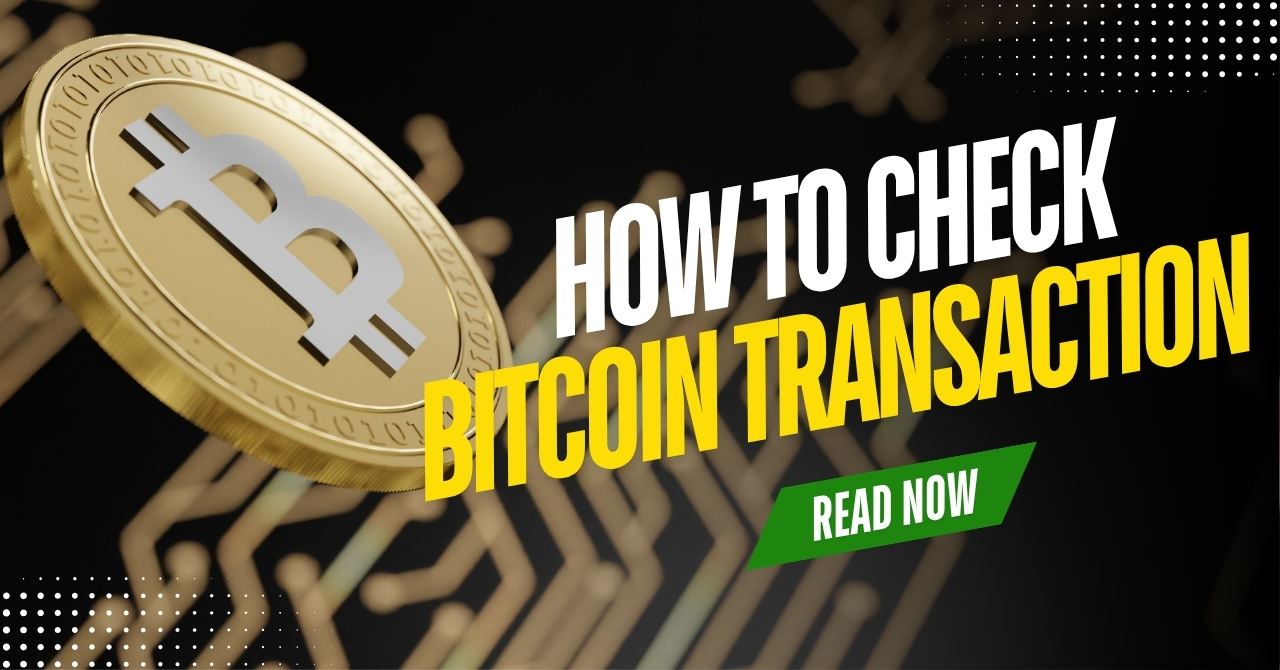If you want to invest in Bitcoin, understanding what is Bitcoins address is crucial. This alphanumeric code might look confusing at first glance, but it’s the foundation of how Bitcoin transactions work. In this guide, you’ll discover what a Bitcoin address is, how it functions, where it comes from, and how you can use it to securely receive and send BTC.
1. What is Bitcoins address ? Explained in simple terms
A Bitcoin address is like your personal mailbox on the blockchain. It’s a string of letters and numbers, typically 34 to 62 characters, that identifies where Bitcoin can be sent. Think of it as the digital equivalent of your bank account number, but designed specifically for the decentralized Bitcoin network.
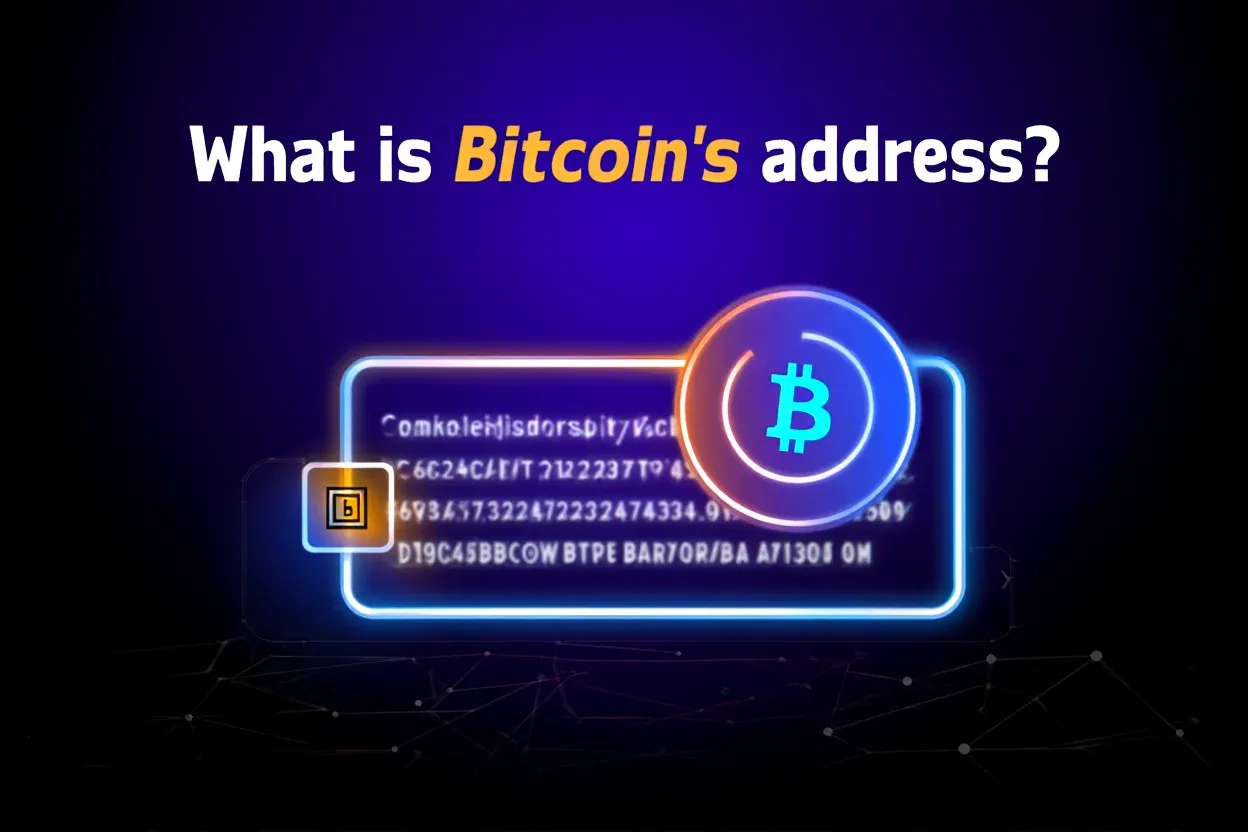
These addresses usually start with one of three prefixes: “1”, “3”, or “bc1”, each indicating a different format type. Behind the scenes, a Bitcoin address is derived from a public key, which itself comes from a private key. This ensures that every address is both unique and secure.
From experience, I can tell you: once you start using a wallet like Trust Wallet or Ledger, generating your Bitcoin address becomes second nature. Most wallets even turn these addresses into QR codes to simplify sharing.
2. What does a Bitcoin address look like?
Bitcoin addresses come in various formats, but they all serve the same purpose: enabling transactions. To understand these formats clearly, it’s essential to first answer the question: what is Bitcoins address and why it matters in the transaction process. Here are a few practical examples to consider:
- Legacy address (starts with 1): 1BgXRx8YMGKU7fc8RfTPQ2uL2ivC9cMmGj
- P2SH address (starts with 3): 3G3CxtfN4rg4ShVzVAUsM3AtGbnbs6v26S
- Bech32 address (starts with bc1): bc1qsfc2g86agexaht5eh8yfp3xs9q65nhnz85dq8u
Every format comes with its own unique characteristics:
- Legacy (P2PKH): First-gen, widely supported, longer transaction times.
- P2SH: Supports multi-signature wallets.
- Bech32 (SegWit): More efficient, lower fees, no uppercase letters.
You might also encounter public keys, which are longer strings like:
- Uncompressed: 042E6EFFCA88…
- Compressed: 032E6EFFCA88…
Public keys are like the raw data, whereas a Bitcoin address is the user-friendly format you actually share. Some wallets like bitaddress.org even let you generate “paper wallets”, which are printable versions of your public/private key pair.
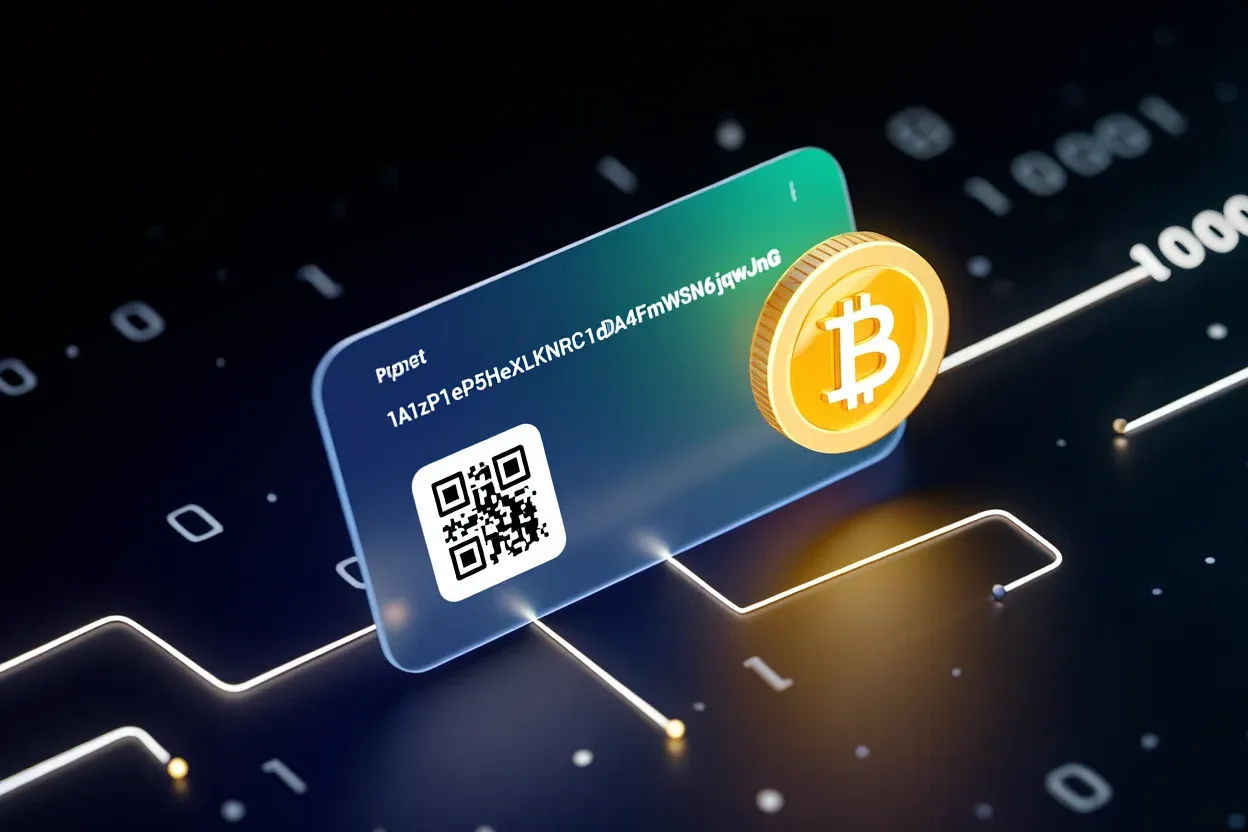
Finally, QR codes are often used to represent these addresses, making it easier for mobile apps to scan and execute transactions without manual input.
3. Where do Bitcoin addresses come from?
The process of creating a Bitcoin address is rooted in cryptographic magic. But before diving into the technical steps, it’s worth asking: what is Bitcoins address and how is it generated in the first place? Here’s a simplified breakdown:
- Private Key: Your wallet generates a random private key, a long, secret string.
- Public Key: The private key is used to create a public key via elliptic curve multiplication.
- Hashing: The public key is run through SHA-256 and RIPEMD-160 hash functions.
- Checksum + Encoding: The result is encoded using Base58Check or Bech32 to avoid ambiguous characters.
- Bitcoin Address: Voilà! You have a secure, shareable address.
Each private key maps to exactly one public key, and each public key maps to one or more Bitcoin addresses, depending on the format.
If you’re using a custodial service like Coinbase, the platform handles all of this for you. But for self-custody wallets like Electrum or Coldcard, understanding this process helps build trust in how secure and decentralized Bitcoin truly is.
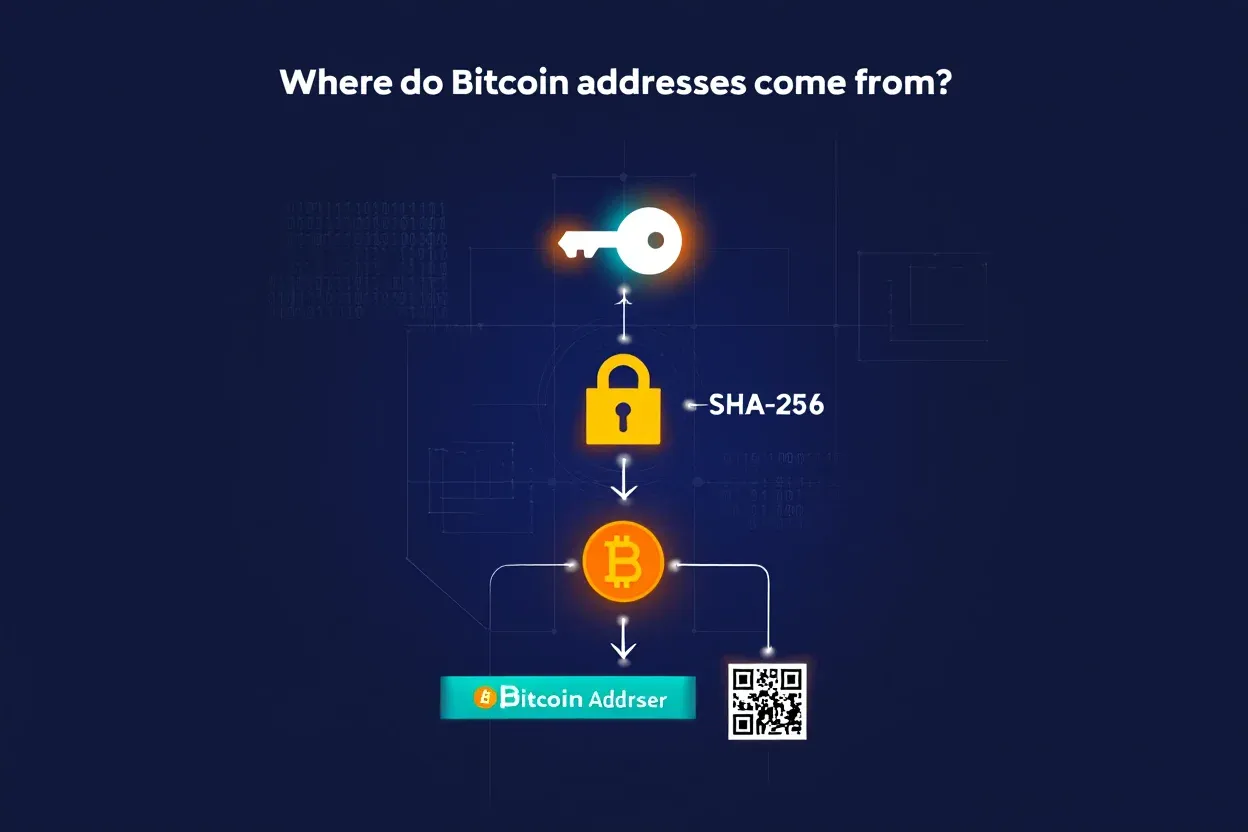
Important: Keep your private key confidential at all times. The address is public; the private key is your secret passcode to spend any BTC stored there.
4. How does a Bitcoin address work?
When someone sends Bitcoin to your address, what actually happens isn’t “depositing” funds to your wallet. To truly grasp this, it helps to understand what is Bitcoins address and how ownership is tracked on the blockchain. Instead, the blockchain records that a certain amount of BTC now belongs to the address.
Here’s how the system works:
- You share your Bitcoin address (public).
- A transaction is made by sending BTC to that specific address.
- The blockchain logs this transaction.
- When you want to spend it, you use your private key to sign the transaction.
Behind the scenes, wallets use asymmetric encryption to generate these private-public key pairs. And yes, one wallet can hold multiple addresses!
Bitcoin addresses are technically reusable, but from a privacy standpoint, it’s better to use a new one for every transaction. Some wallets even rotate addresses automatically for you.
Also, modern wallets include validators that warn if you try to send BTC to an invalid or incompatible address. This protects against mistakes that can lead to permanent loss of funds.
A few personal tips:
- Be sure to verify the destination address before making any transaction.
- Use QR scanning instead of typing.
- Keep your private key offline if possible (cold storage).
Ultimately, Bitcoin addresses serve as pseudonyms, they let you transact securely without exposing your real identity. While visible on the public blockchain, they don’t reveal personal data unless linked via external information.
See more related articles:
- What are the advantages of Bitcoins in 2025?
- How can I find lost Bitcoins? Simple guide for beginners
- What network is Bitcoin on? A deep dive into Bitcoin’s network in 2025
5. What is Bitcoins Address Types?
What is Bitcoins address and why does it look so different from regular bank account numbers? Just like physical addresses help postal workers deliver your mail, a Bitcoin address ensures your crypto reaches the right wallet. However, Bitcoin addresses can differ significantly from one another.
Over the years, the Bitcoin network has evolved, introducing several address formats to improve efficiency, security, and user experience. Each type serves a slightly different purpose, and knowing the difference can help you optimize your transactions and reduce fees.

5.1. Legacy (P2PKH)
Legacy addresses, also called P2PKH (Pay-to-PubKey-Hash), are the original Bitcoin address format. They’ve been around since Bitcoin’s early days and are still recognized by almost every wallet and exchange.
These addresses always start with the number 1 and can include both uppercase and lowercase letters. Since they’re case-sensitive, even a small typo can cause a failed transaction or worse, a loss of funds.
Example: 1BvBMSEYstWetqTFn5Au4m4GFg7xJaNVN2
While still in use, Legacy addresses come with higher transaction fees. As a result, many users today prefer newer address formats for better efficiency. That said, it’s good to know about them, especially if you’re interacting with older wallets or exchanges.
5.2. SegWit (P2SH)
Next up is P2SH (Pay-to-Script-Hash), an upgrade to Legacy. These addresses typically begin with the number 3 and support advanced features like multi-signature wallets and smart contracts.
Example: 3J98t1WpEZ73CNmQviecrnyiWrnqRhWNLy
While not as modern as newer formats like Native SegWit or Taproot, P2SH has gained traction for enabling complex transaction types while still being widely compatible. Understanding P2SH also deepens our insight into what is Bitcoins address, since each format, old or new, represents a different way to interact with the blockchain. It balances legacy support and newer functionality, making it a bridge between the old and the new.
5.3. Native SegWit (Bech32)
Bech32 or Native SegWit addresses mark a major step forward in Bitcoin address evolution. These are shorter, more efficient, and only contain lowercase letters, making them easier to type and share.
They always start with bc1q, like this example:
bc1qar0srrr7xfkvy5l643lydnw9re59gtzzwf5mdq
The big win with Native SegWit is lower transaction fees. On average, you can save 30–40% in fees compared to Legacy formats. These addresses are also more resistant to typos due to their built-in error-checking capabilities. If you’re using a modern wallet, this format should be your go-to choice.
5.4. Taproot (P2TR)
Taproot addresses, also known as P2TR, are the most recent and technically advanced type. They offer cutting-edge privacy, scalability, and security benefits, thanks to Schnorr Signatures and enhanced script capabilities.
Taproot addresses begin with bc1p:
bc1p5d7rjq7g6rdk2yhzks9smlaqtedr4dekq08ge8ztwac72sfr9rusxg3297
By allowing complex transactions (like multi-signature arrangements) to appear on the blockchain the same way as simple ones, Taproot improves your privacy. It also represents the latest evolution in answering what is Bitcoins address in today’s blockchain landscape, where functionality and privacy go hand in hand.
While not all wallets support Taproot yet, adoption is steadily growing, and it’s likely to become the new standard.
5.5. Script (P2SH)
Lastly, we have the P2SH (Pay-to-Script-Hash) addresses that start with the number 3, similar to SegWit addresses. These are mainly used for multi-signature setups, where multiple private keys are required to sign a transaction.
Example: 3J98t1WpEZ73CNmQviecrnyiWrnqRhWNLy
Though technically overlapping with SegWit, P2SH addresses are ideal for users who prioritize extra security and collaborative wallet control, like businesses or group treasuries.
5.6. Comparison between types of Bitcoin addresses
Choosing the right Bitcoin address is like choosing the best route on a map, it all depends on your destination and priorities, whether it’s speed, cost, or compatibility.
Here’s a quick comparison table to help you decide which format suits your needs:
| Address Type | Prefix | Features | Fees | Compatibility | Use Case |
| Legacy (P2PKH) | 1 | Original format, widely supported | High | Universal | Compatible with older wallets & systems |
| Script (P2SH) | 3 | Supports multi-sig & complex scripts | Medium | High | Secure transactions, team wallets |
| SegWit (P2SH) | 3 | Lower fees, better efficiency | Medium-low | High | Acts as a connector between legacy and modern address types |
| Native SegWit (Bech32) | bc1q | Efficient, error-resistant, lower fees | Low | Moderate to High | Everyday transfers, best for modern wallets |
| Taproot (P2TR) | bc1p | Advanced privacy, smart contract support | Low | Growing | Privacy-focused or multi-key users |
6. Where to find your Bitcoin address?
When I first got into Bitcoin, I remember fumbling through my wallet app trying to locate my address. Back then, I didn’t even know what is Bitcoins address supposed to represent; it just looked like a confusing string of characters. If you’re in the same boat, don’t worry, it’s easier than it looks.
Most wallet apps make finding your Bitcoin address as simple as tapping the “Receive” button. Here’s a quick step-by-step:
- Open your Bitcoin wallet app.
- Tap “Receive” from your BTC asset view screen.
- Select your desired wallet (if you have multiple).
- Your Bitcoin address will appear as both a QR code and an alphanumeric string. You can copy it or let someone scan it.
Some apps even let you switch between address types (e.g., Bech32 or Taproot), giving you more control based on your transaction goals.
7. What is Bitcoins address’ safe use?
Understanding how to use your Bitcoin address safely is just as important as knowing what it is.
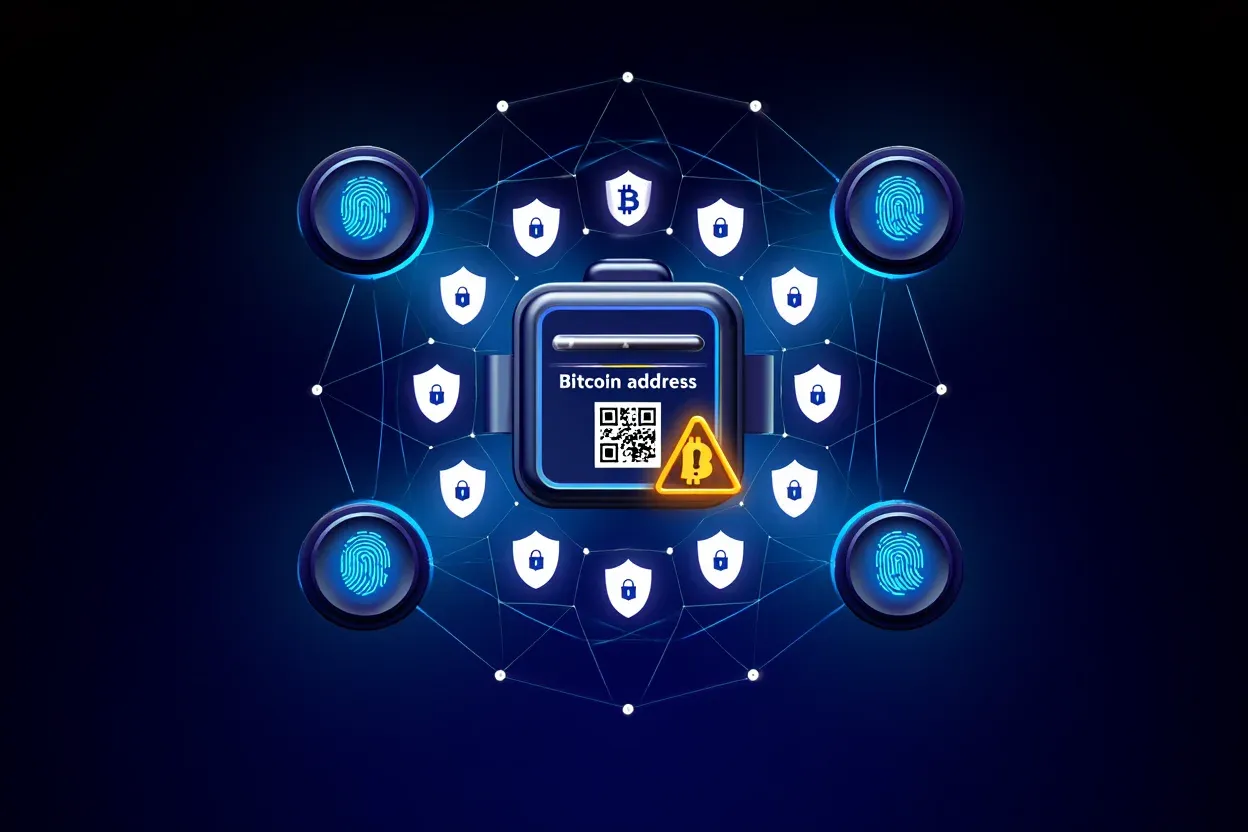
How to receive Bitcoin:
- Use your wallet to create a fresh receiving address.
- Share it with the sender using a QR code or copy/paste.
- Wait for the transaction to be confirmed on the blockchain (typically 10–60 minutes).
How to send Bitcoin:
- Double-check your balance.
- Paste or scan the recipient’s address carefully.
- Set the amount and fee, then hit Send.
- Track confirmations on the blockchain via your wallet.
Once a transaction is confirmed, it’s final, no chargebacks or do-overs. Double-check both the address and transaction amount prior to sending funds. One extra zero or a misplaced character could cost you dearly.
7.1. Can Bitcoin addresses be reused?
Technically, yes. That doesn’t necessarily imply it’s the right thing to do.
Reusing Bitcoin addresses compromises your privacy. It’s a common mistake that stems from not fully understanding what is Bitcoins address and how it functions in preserving user anonymity.
It becomes easier for others to track your transaction history and associate activity with your identity. For maximum security and anonymity, generate a new address every time you receive BTC. Fortunately, many wallets do this automatically.
7.2. Can i share my Bitcoin address publicly?
Absolutely. Sharing your Bitcoin address is completely safe. No one can steal your coins with just the address, they’d need your private key to access the funds.
However, keep in mind that anyone who has your address can track your activity on the blockchain. If you’re concerned about privacy, use a new address for each transaction or choose privacy-enhancing formats like Taproot.
Read more:
8. FAQs: Common questions when searching for what is Bitcoins address
8.1. Which Bitcoin address type should I use?
Use Native SegWit (Bech32) for low fees and efficiency. Taproot (bc1p) is great for privacy. Legacy formats are ideal for older wallet compatibility.
8.2. Can someone steal my Bitcoin with just my address?
No, a Bitcoin address is public and safe to share. However, your private key must remain secure, as it controls access to your funds.
8.3. How can I avoid mistakes when sending Bitcoin?
Always double-check the recipient’s address, use QR codes instead of manual input, and verify the amount before confirming the transaction.
8.4. What happens if I send Bitcoin to the wrong address?
After confirmation, a blockchain transaction becomes final and cannot be reversed. If sent to an incorrect or invalid address, the funds may be permanently lost. Double-check every detail!
8.5. Do Bitcoin addresses expire?
No, Bitcoin addresses don’t expire, but for better privacy, it’s recommended to use a new address for each transaction.
9. Conclusion: What you now know about “what is Bitcoins address”
By now, you’ve not only answered the question “What is Bitcoin address?”, you’ve also learned how to use it safely, wisely, and effectively.
You’ve explored:
- The different Bitcoin address formats and what they mean.
- How to find and manage your address in a wallet app.
- The importance of avoiding address reuse for privacy.
- Safe sending and receiving practices.
- When to choose Legacy, SegWit, or Taproot based on your goals.
Whether you’re a newcomer or a seasoned investor, understanding what is Bitcoins address is a crucial step in mastering the crypto space. It’s not just a string of characters, it’s the digital key to your financial independence. Ready to take control of your Bitcoin journey? Explore more guides, tools, and real-world strategies on VN-US Trade, where knowledge fuels better investments.



